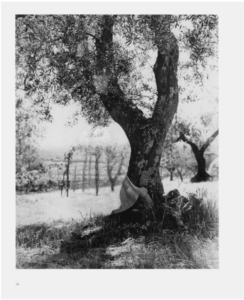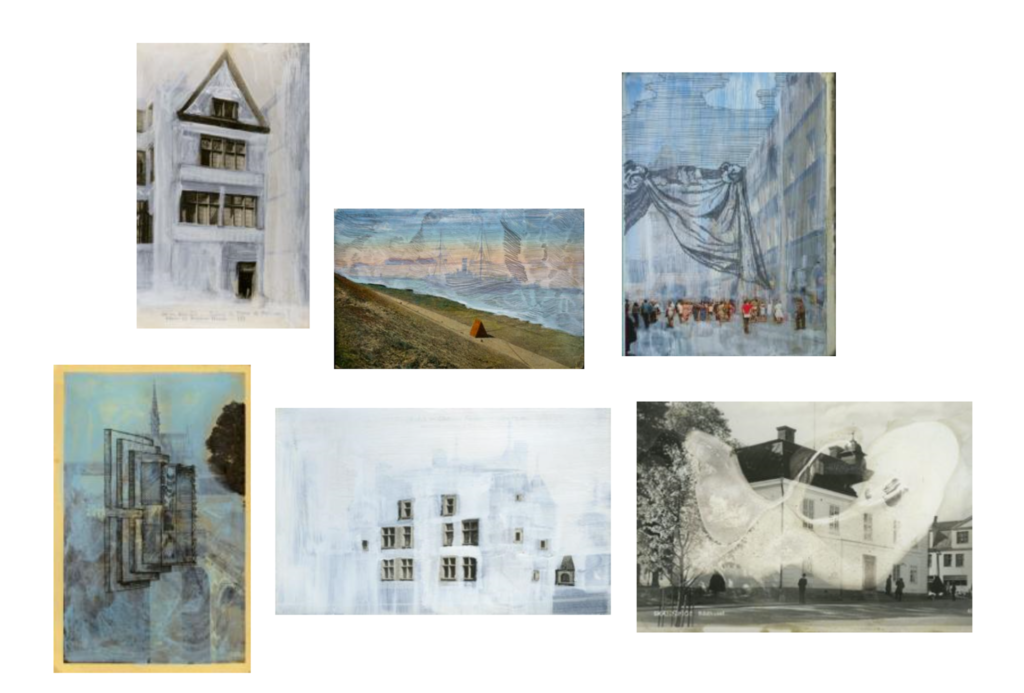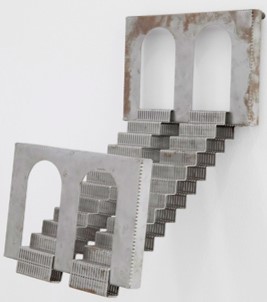Our theme development occurred largely in parallel with the process of researching potential artworks for the exhibition. It was fascinating to experience, and then reflect on, the ways in which these two processes entwined with and influenced each other.
The process of selecting artworks from the Collection resonated strongly with the second brief question: How can we navigate constraints, including accreditation standards, stakeholder interests, spatial limitations and audience needs, in order to promote engagement with our holdings?
Teaching ourselves to navigate the two collection catalogues was a necessary step that also generated conversations about the theme and how and why we would select works. The catalogue search function is not straightforward, so even initially attempting to find landscape paintings required creative alternative search times such as “nature,” “trees,” and “water.” Often, encountering works that we liked aesthetically then prompted searching of their own tagged terms. This roundabout search strategy helped us explore creative resonances between seemingly unrelated works.

Something particularly interesting is that two of the most important works for our initial concept were not included in the final exhibition. We were very drawn to Marissa Stoffer’s Postcard Series, and used her Anti-Matter on our mock-up promotional postcard. Stoffer’s Series spoke to our themes of place and changing landscapes, and encouraged us to think deeply about the concepts of transience, imagination, and visual record. However, they ultimately could not be included since they were already on display in a private residence, highlighting a constraint of working from a university collection.

Our mock-up postcard also included Tessa Lynch’s Couplings, Escalator for Sale, to convey how three-dimensional art can create a sense of place by opening into the viewer’s space. However, it was decided that it was too challenging to securely mount sculpture in the Gallery. (Interestingly, another physical constraint was that we could not include charcoal or pastel works, as the motion of the bus could have shaken loose some of the pigment particles.)

Even though we were unable to include either of these initially central works, the process of rationalizing why we wanted them helped us further explore our theme. By testing a variety of artworks against our concept while searching the catalogue, we were set up for a focussed, efficient trip to the stores at the end of the semester.
[Word Count: 378]

